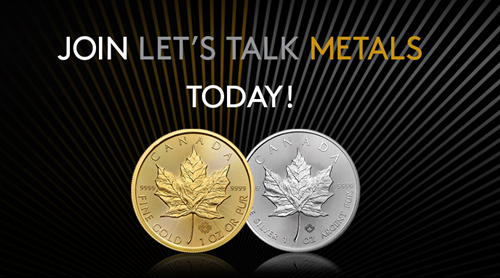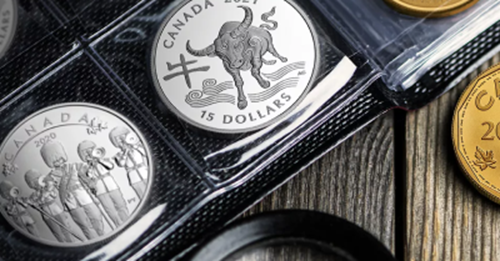Got coins? How to safely store and display your collection
- Jul 13, 2025
- Learn
- 5 minute read
A coin collection can be a dazzling display of history and artistry—or it can just as easily become a jumbled pile of forgotten treasure. Maybe your collection is tucked away in a storage box somewhere. Sound familiar?
Whether you’re ready to transform coin chaos into a curated showcase or simply want to bring some treasures out of hiding and put them on display, this blog explores a variety of smart, stylish and practical storage solutions to suit every collector.
Before you begin, be sure you’re familiar with these essential tips on how to handle your coins.


A coin collection can be a dazzling display of history and artistry—or it can just as easily become a jumbled pile of forgotten treasure. Maybe your collection is tucked away in a storage box somewhere. Sound familiar?
Whether you’re ready to transform coin chaos into a curated showcase or simply want to bring some treasures out of hiding and put them on display, this blog explores a variety of smart, stylish and practical storage solutions to suit every collector.
Before you begin, be sure you’re familiar with these essential tips on how to handle your coins.
First, why is coin storage so important?
Keeping your collection safe is critical to helping them retain their value. That’s because proper storage helps protect your coins from harmful elements:

Skin oils and dirt can damage the coin over time.

Air and/or pollution can oxidize the metal and change its original colour.

Humidity and temperature extremes can also oxidize the metal.
Before you start storing your collection, consider how you want to organize it. Maybe you want to store coins by year of issue or by theme? What about by country? For tips on how to organize your collection by type, check out step three in this blog.
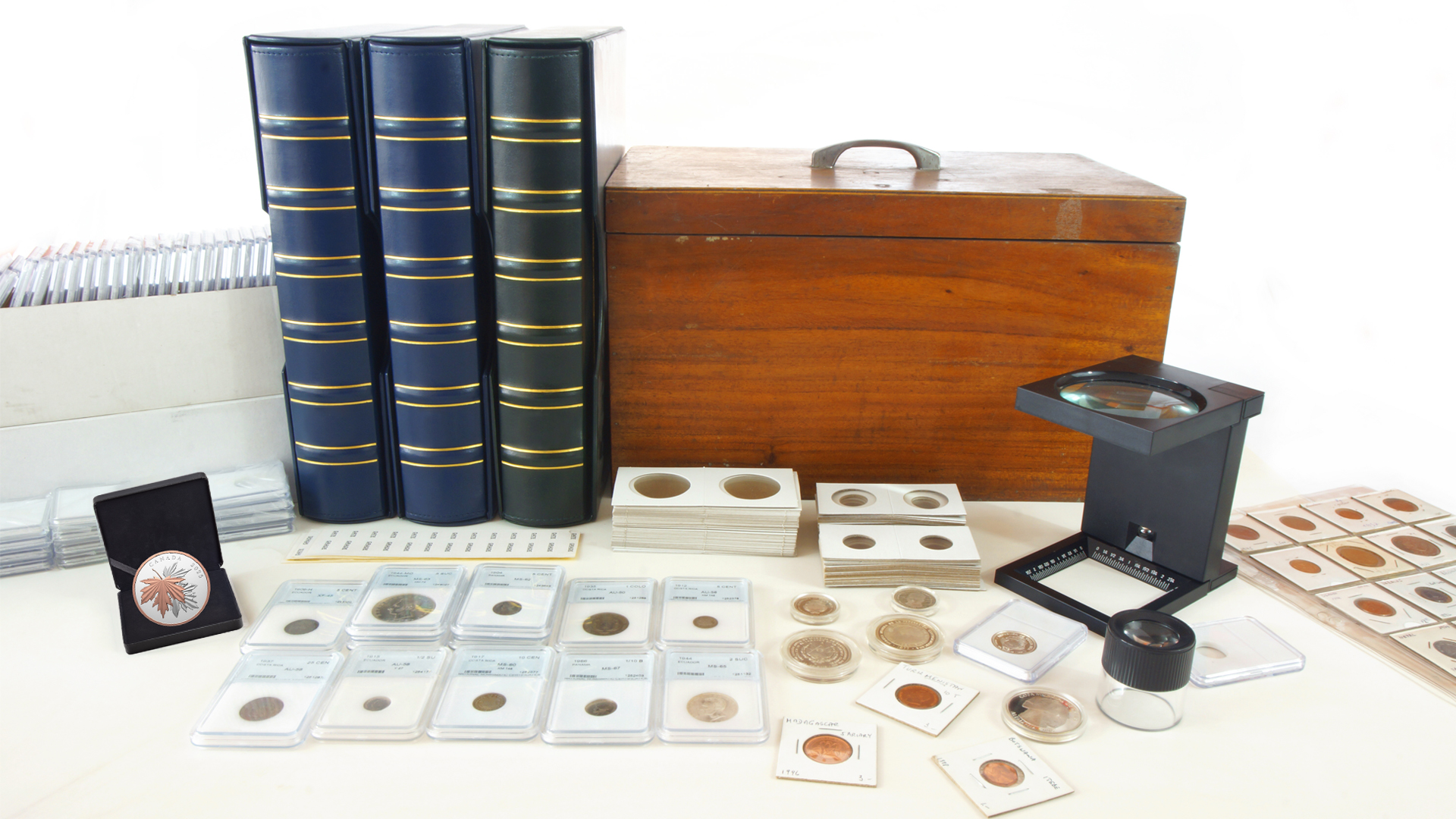
Coin storage options
There are many, many different types of storage options available. It’s really up to you to decide on what’s best based on your collection.
As a rule, only use products that are specifically intended for coins. Don’t rely on basic envelopes, plastic bags, empty household bottles, shoeboxes, etc. These items are not specifically designed to protect the coin from scratches, contamination and other elements.
Here are a few trusted storage solutions, of which many are available from our Boutiques in Ottawa and Winnipeg as well as online from many of our reputable coin dealers.

Acid-free paper sleeves
AKA coin sleeves, currency sleeves, coin envelopes
- Small paper envelopes that hold individual coins, with a fold-over (un-gummed) flap.
- PROS: Inexpensive storage method; protects from dust and dirt.
- CONS: Coin can slide out of envelope. Coins must be removed from the envelope to view.

2x2s
AKA coin holders
- Cardboard with a clear pocket to view the coin.
- PROS: Easy to write on the cardboard with pen or pencil; inexpensive; relatively safe for low-value coins.
- CONS: Dust from cardboard may cause coin spotting; staples may scratch or leach chemicals; adhesive can cause damage or wear out over time—causing holder to pop open.

Coin flips
AKA soft vinyl flips, PVC flips, safety flips
- Generally made of plastic.
- PROS: Good for short-term storage of coins intended to be untouched; relatively inexpensive; easy to label.
- CONS: Flips containing PVC can decompose and damage coins; coins may slide around and result in small scratches.

Coin tubes
- Generally made of clear plastic.
- Available in different sizes and shapes (round, as well as square).
- PROS: Often PVC-free; hold several same-size coins at once.
- CONS: Not ideal for viewing coins, especially if storing multiple at once.

Coin albums or folders
- Includes 'slides' to prevent coins from falling out of the pages.
- Better option for expensive coins.
- PROS: Allow for two-sided viewing and display; often chemical-free.
- CONS: More expensive option.

Coin card
- Generally made of cardboard.
- PROS: Affordable; great option for beginners; handy for storing and organizing lower-value coins.
- CONS: No protection from finger prints or physical harm; unable to see the other side of the coin, may contain chemicals.

Coin capsules or slabs
- High-quality plastic, specially constructed to store coin for extended periods of time.
- PROS: Displays both sides of the coin; tamper-evident and foam insert options available; prevents physical damage; some have space to display information.
- CONS: Not designed for easy removal; removing the coin yourself may damage the capsule. Foam inserts may not be included.

Coin display boxes or cases
AKA presentation box or case, capsule or slab box, coin drawer, coin tray cabinet, collection case
- Designed to showcase coins individually or as a set.
- Available in a variety of materials: solid wood, leatherette, aluminum, velvet/velour, glass etc.
- PROS: Allow for two-sided viewing of coin; may include more than one tier/tray, may store/display coins in different encasings.
- CONS: Coin slabs or capsules may not be included; more expensive option.
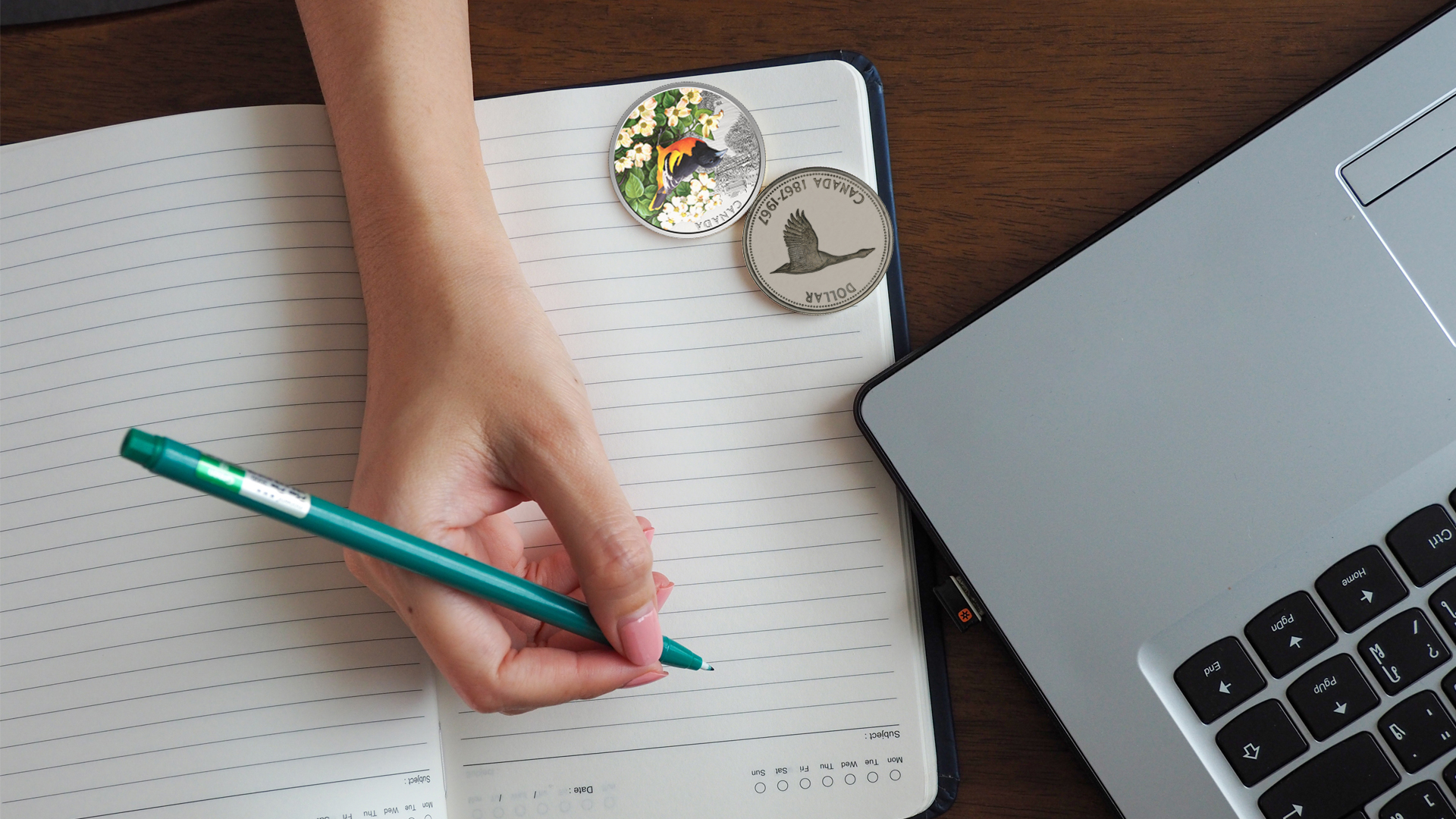
Cataloguing your collection
As your collection grows, it’s recommended to create and maintain a record of your inventory that lists:
-
- The type of coins
- Coin value or purchase price
- Date and mintmark on the coin
- An image or description of each coin’s unique characteristics
- Dates that you removed the coin from storage, and what you did with the coin
You can create your catalogue using a notebook, spreadsheet, an app, or any other tracking device. This list will not only help you keep track of what you have; it can also be handy:
-
- If you decide to sell all or any part of your collection.
- For keeping track of how long you’ve had certain coins in storage and help you determine if/when those storage media need replacing.
- If you have an insurance policy on your coins and need to file a claim.
Different ways to display your coins


Frames
Frames are a beautiful way to proudly display your coin or entire collection with style.
These floating frames, which care for the coin by enclosing it gently using flexible silicone membranes, are a popular choice.
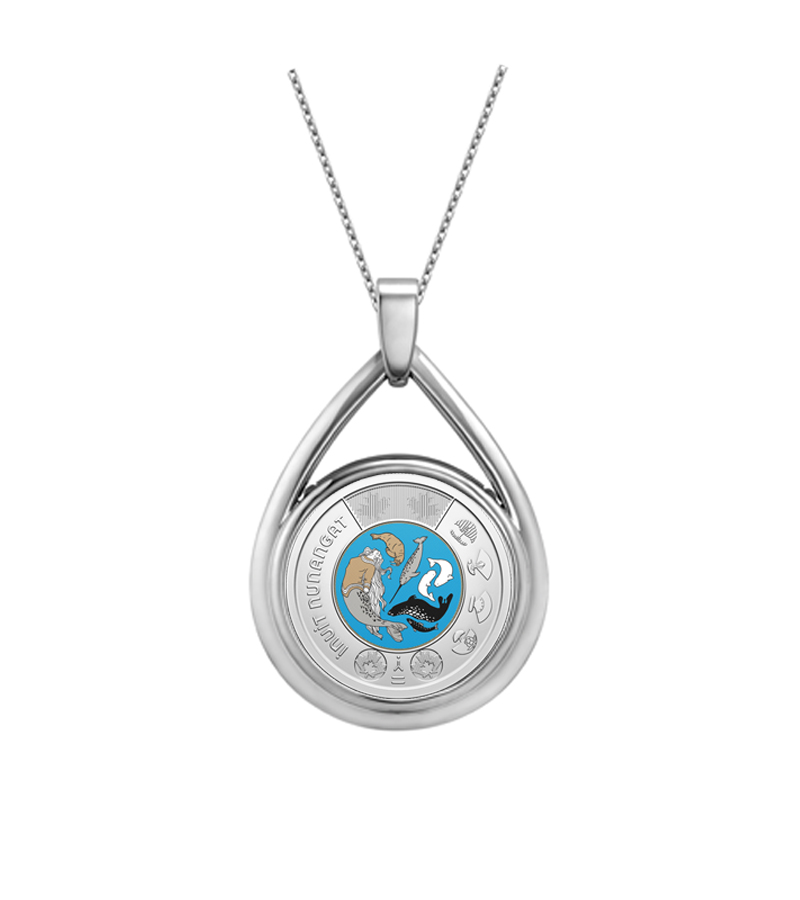

Jewellery
Want more style? Make jewellery out of your coins. There are many unique ideas and safe bezel options available online.
If you have a valuable coin, you may want to reconsider using it for jewellery or consult with a professional jeweller.
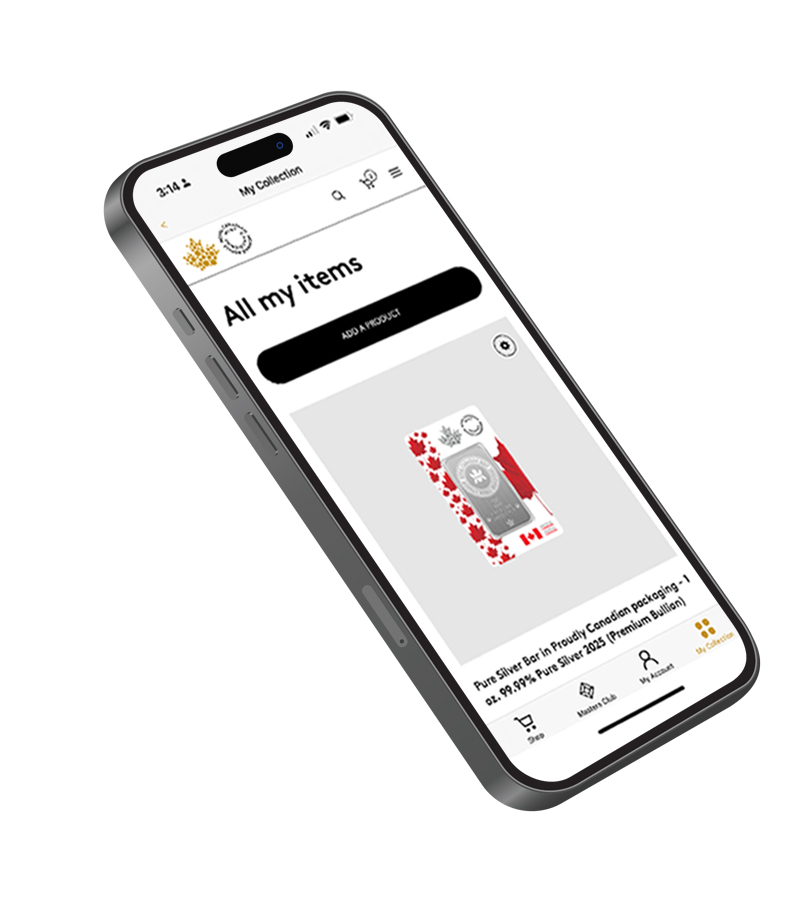

Digital display
While it’s not quite the same as seeing them in person, some online apps allow you to display your collection…digitally!
For instance, you can use our Royal Canadian Mint app or 'My Collection' feature on our website. You can track your coins, keep an inventory, and digitally display your treasures.
Learn more about coin collecting!
Want to further your knowledge about numismatics and coin collecting? Or discover more collecting tips and strategies?

